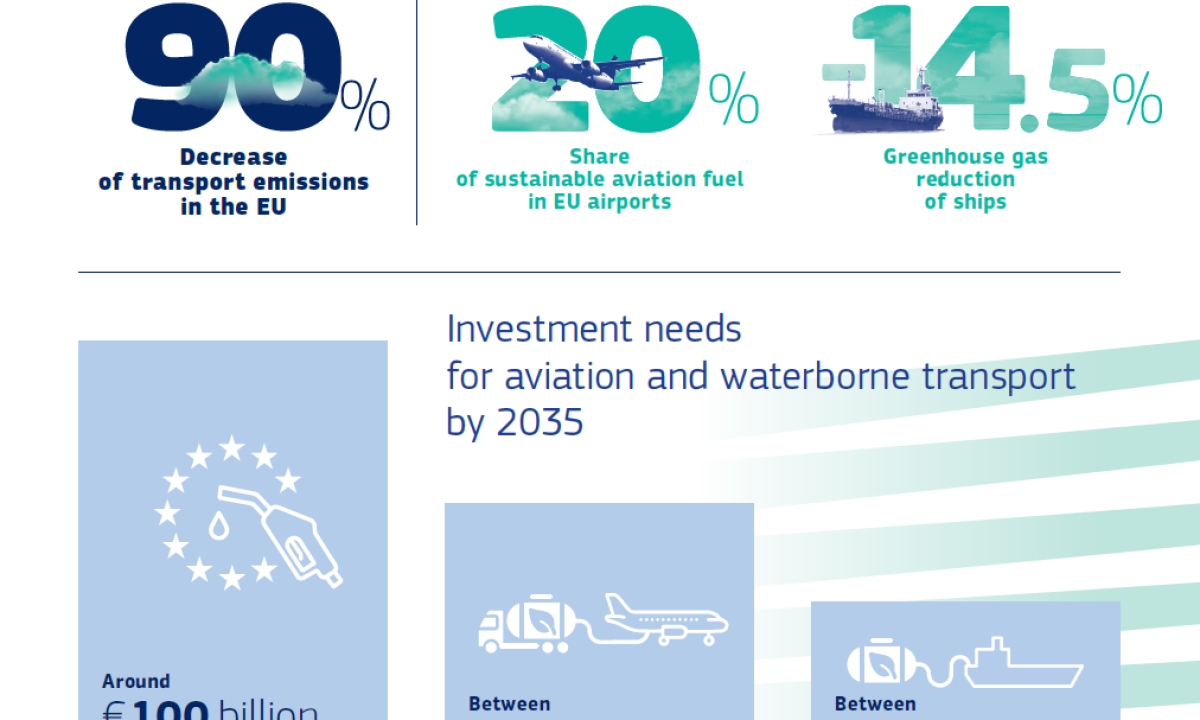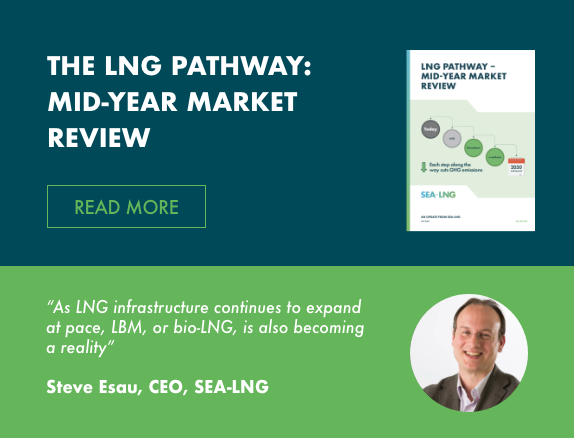18th November 2022
Bio-LNG can help decarbonise shipping today

Today, bio-LNG is the most readily available solution to decarbonise shipping, especially across Europe. Widely used as a net-zero fuel for heavy-duty vehicles (HDV)s within the EU, it is already being used as a marine fuel. Production is growing rapidly with 78 plants within the EU forecast to be operational in the next two years. Production is expected to expand tenfold by 2030.
Bio-LNG is carbon neutral, and even carbon negative when using waste feedstock. Bio-LNG reuses waste from farming activities, industries and households to create green fuel. It supports the circular economy, capturing methane that would otherwise be released into the atmosphere. The benefits of the LNG decarbonisation pathway via bio-LNG are being recognised by increasing numbers of cargo owners, from car manufacturers to Amazon.
Bio-LNG utilises existing infrastructure built up over decades for LNG. As sustainable sources of bio-LNG are often distant from the maritime demand for bio-LNG, so clear terms for a Guarantees of Origin (GoOs) system are needed, to allow bio-LNG product to capitalise on existing gas infrastructure.
Maximising bio-LNG’s potential role in decarbonising the shipping industry will require a supportive regulatory framework. A technology-neutral approach based on full life-cycle (Well-to-Wake) assessments of greenhouse gas emissions is needed for every potential future fuel.
SEA-LNG published a new report in October looking at the role of bio-LNG in decarbonising the shipping industry globally – specifically availability, price and GHG emissions.
Earlier this year, SEA-LNG, in collaboration with the European Biogas Association [EBA], the Natural & bio Gas Vehicle Association [NGVA Europe], and Gas Infrastructure Europe [GIE], released a paper titled Fuelling clean mobility with bio-LNG.
The paper highlights the environmental advantages of bio-LNG use in the heavy duty transport and maritime sectors, plus its importance as the most readily available solution for their decarbonisation. Crucially, this paper underlines the future role of bio-LNG and the regulatory framework needed to support its development. Current information regarding the existing bio-LNG/LNG market, future potential, needs of the sector, and political recommendations are presented and summarised within.
Watch the Fuelling clean mobility with bio-LNG video on SEA-LNG’s YouTube channel here.
Download 'Fuelling clean mobility with bio-LNG' here




